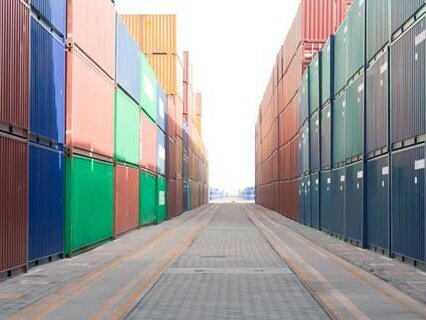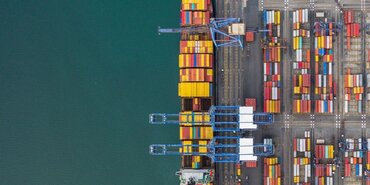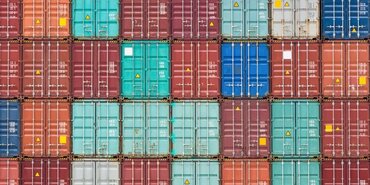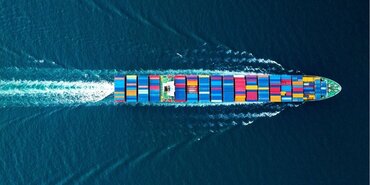TT Talk: Benefits of smart mooring systems
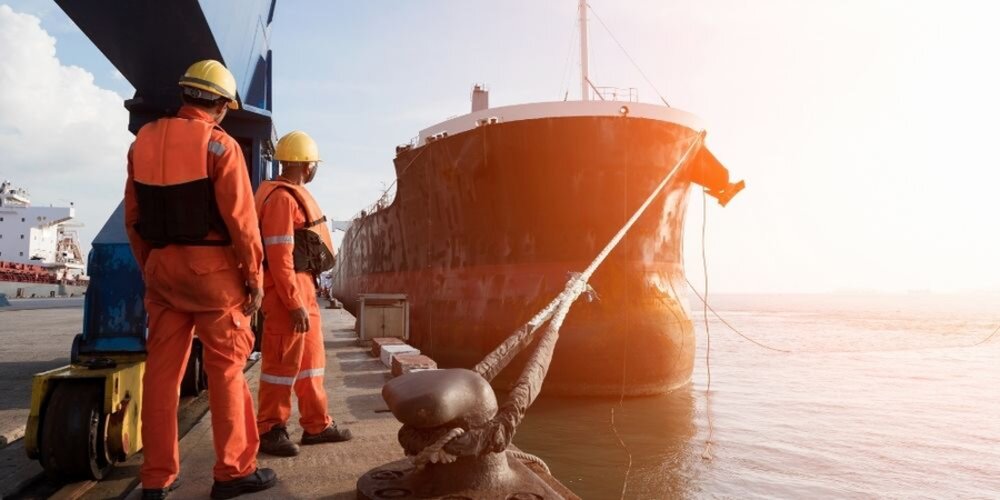
With the advent of larger ships and more extreme weather due to climate change, higher mooring loads means such failures are likely to increase. Fortunately, a range of new automated mooring systems could provide port operators with the answer to making their infrastructure safer and more resilient.
Mooring challenges
As highlighted in a TT Talk on mooring bollards in March 2024, the containers sector has experienced and increase in ship size of some 1,500% over the past 50 years, along with bigger cruise ships and car carriers. It quoted the ICE Port Designers Handbook, which says that for ships over 20,000 displacement tonnes, bollards should have a capacity of 204 tonnes at 35 m intervals.
Climate change is another challenge to mooring operations. Severe weather events are now more likely, which in turn increases the loads on mooring lines and bollards – often with short notice. As pointed out in a TT Talk on ship berthing incidents in November 2019, the risk of ships’ mooring lines breaking during severe weather conditions is substantial, with additional mooring lines difficult to deploy at the last minute. TT Club provides further advice on mooring ships in storms in its Windstorm II guide.
But ship size and climate change apart, the biggest challenge with traditional mooring systems is that it is not usually practical for ships to undertake mooring analyses or assessments to understand the best layout of mooring lines for a particular port. The specifics of the quay – including prevailing wind, sea, depth, type of jetty and layout of bollards or hooks – can significantly vary the safest and best way of mooring a vessel, including angles, type and number of lines.
As a result, there is rarely any certainty that bollard or line capacity is sufficient, putting shore workers at risk of potentially lethal snap-back accidents from line breaks, and exposing port and ship operators to major losses and liabilities from ships breaking free.
Innovative solutions
During a TT Club and Port Strategy Safe Mooring seminar in March 2024, several innovations in mooring automation technology were presented which could significantly improve the safety of mooring practices and the resilience of port infrastructure.
Straatman Mooring Systems from the Netherlands introduced their Smart Bollard, which aims to avoid dangerous overloading of mooring lines. The permanently installed bollards are equipped with sensors which automatically measure forces in mooring ropes and communicate them in real time to a log of load, direction, angle, tide, weather, and ship history. The system won the Segregating People and Machine Award in the TT Club Innovation in Safety Awards 2025, and has now been installed at ports in Rotterdam, Valencia and Antwerp.
Dutch firm HaskoningDHV also described its Smart Mooring system, which was shortlisted in the TT Club Innovation in Safety Awards 2024. This software application creates a digital twin of the port and its moored ships, enabling mooring line loads for each ship to be modelled automatically based on the weather and sea conditions forecast for the next few days. If mooring line loads look set to be excessive because of an incoming storm, the ship can either deploy more lines or ride it out at anchor.
Other smart systems on the market include mooring hooks fitted with load compensators and dampers, which automatically take out shocks in individual mooring lines and balance loads across multiple lines. There are also various automated mechanical systems which do not require mooring lines, including pin or arm type arrangements that connect to specialist fittings on the ship (such as ferries), plus vacuum or magnetic systems in which large units on the quayside stick to and pull on the vertical side of the hull.
Benefits of automation
All the above automation solutions will help to reduce the potentially catastrophic snap-back and ship break-out risks of a traditional mooring system failure. Both the proprietary Smart Bollard and Smart Mooring systems show what mooring loads are likely to be, either by direct measurement or by digital modelling. This helps port operators and ships’ crews ensure that lines and bollards will not become overloaded as conditions change.
Systems with hooks, load compensators and dampers continually adjust and balance mooring lines to minimise the chance of one of them failing and to increase the efficiency of loading and unloading operations. This also avoids the need for crew members to tend the mooring lines, which cuts the risk of injuries, reduces crew workloads and lowers the chance of human error.
Automated mechanical, vacuum and magnetic systems dramatically simplify and speed up mooring by dispensing with traditional line handling, resulting in faster and safer arrivals and departures as well as more efficient berth operations. Release can be done quickly by a single operator on either the ship’s bridge or the shore. Such systems can also be combined with cold-ironing power supply, including for charging electric vessels.
Conclusion
Smart mooring systems will continue to develop, offering potential benefits over traditional mooring lines and bollards. These include reducing the risk of mooring line or bollard failure, improving crew and shore worker safety, increasing the efficiency of berth operations and paving the way for further automation.
Recognising that no two ports are the same, port operators need to consider carefully the cost-benefit of each of the various systems on the market and work closely with shipping lines and ship owners to help meet their needs. With ever-increasing ship sizes, climate change and worker safety to consider, the option of maintaining traditional mooring methods may soon be unviable.
Documents
TT_Talk_-_Edition_323__Chinese_.pdf (592 kB) 08/10/2025
- Author
- Mike Yarwood
- Date
- 09/06/2025
